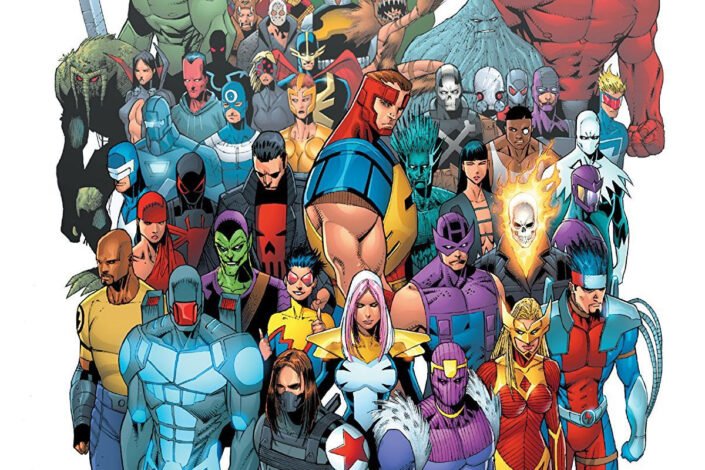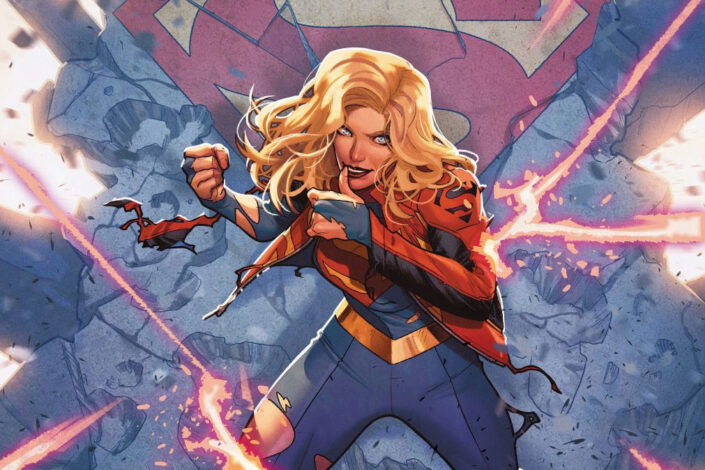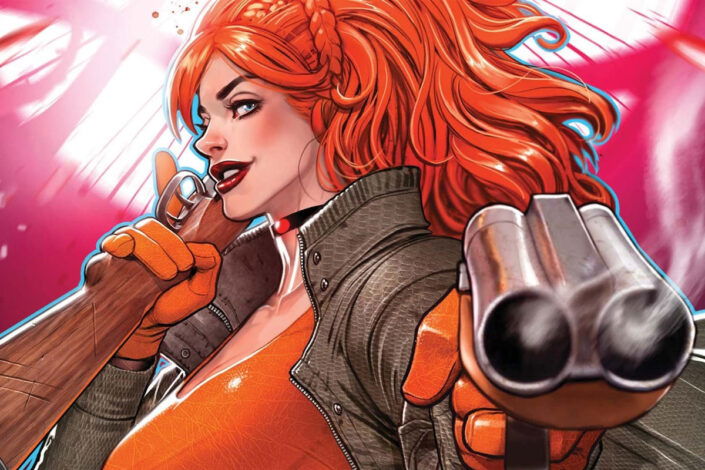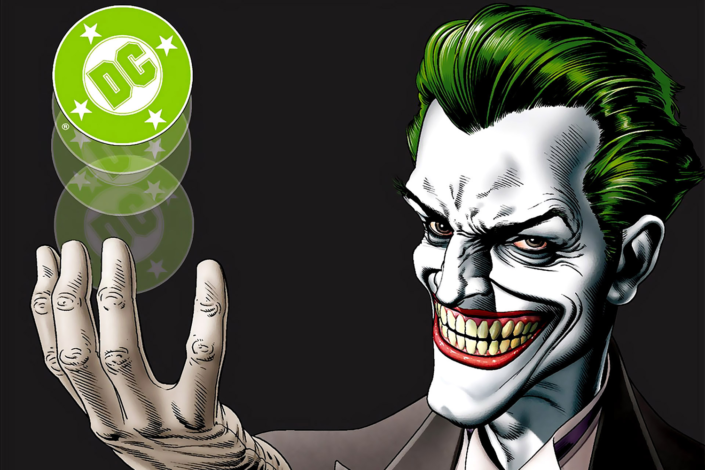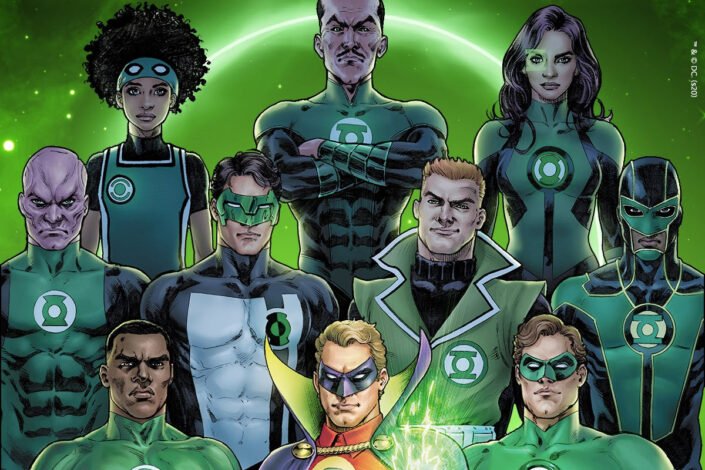Thunderbolts Reading Order
Following the events of 1996’s Onslaught, the Avengers and the Fantastic Four were declared dead. A new group of ‘superheroes’ decided to step in to help protect the world: The Thunderbolts!
Considered the equivalent of DC’s Suicide Squad, The Thunderbolts was created by Kurt Busiek and Mark Bagley and they made their first appearance in The Incredible Hulk #449 (January 1997) before the launch of their ongoing series the following month.
What seemed to be a basic superhero team then changed on the last page, when it was revealed that The Thunderbolts, led by Baron Zemo, were actually the Masters of Evil in disguise! This is known as one of the most famous twists in Marvel history.
With themes of redemption and heroism, The Thunderbolts will walk away from their evil nature, choosing to reject Baron Zemo and try to become heroes in their own right. Throughout the years, this team of anti-heroes has worked to do good things when led by Hawkeye, Luke Cage, and the Winter Soldier, but has also been used as a dangerous and malevolent force by leaders like Norman Osborn and Wilson Fisk. As you can imagine, between changes in leadership and direction, the roster of the team has changed a lot over the years.
A new version of Thunderbolts will soon be on the big screen, as a movie featuring the team will be released in 2024. Before that, you can start reading The Thunderbolts, and exploring their past (and present) history with this reading order!
